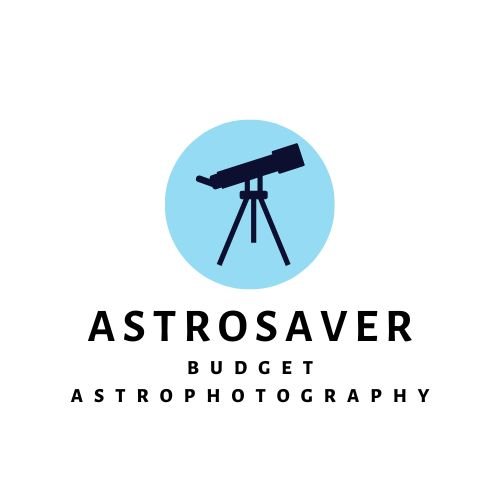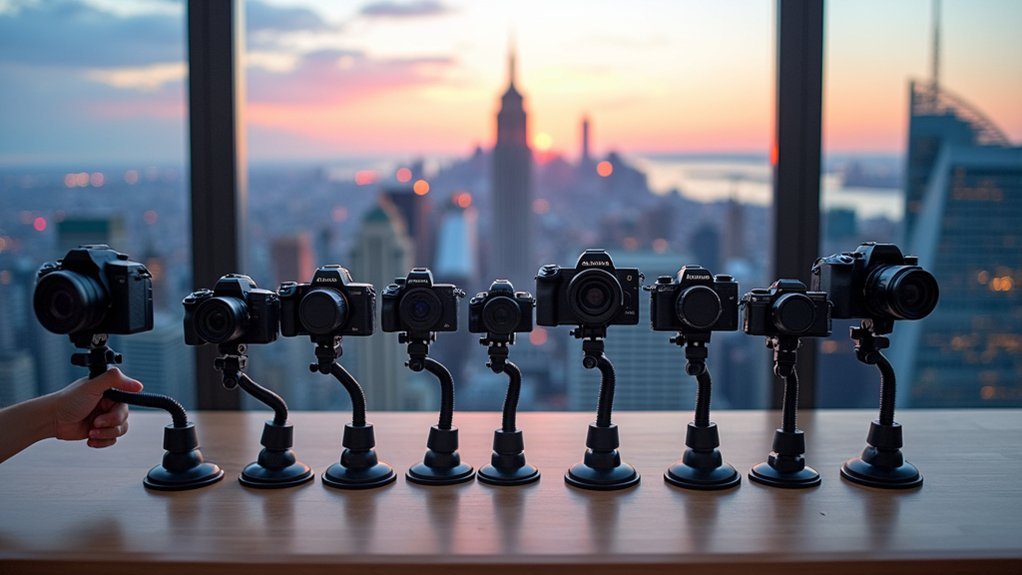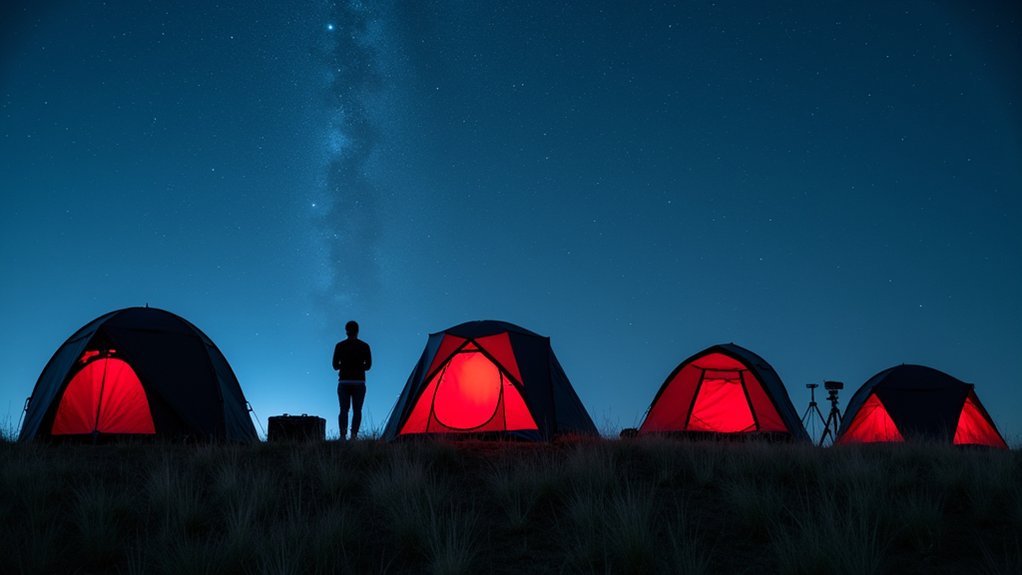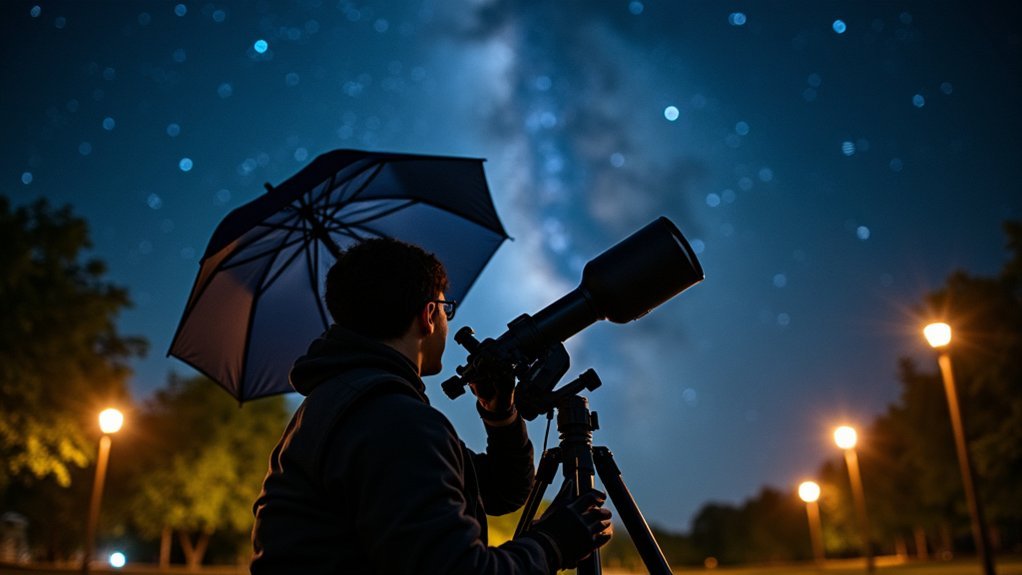For deep space photography without a dedicated field flattener, try these three alternatives: First, adjust your camera’s spacing with precision spacers to reduce field curvature. Second, use affordable focal reducers like the TSFLAT2 or Astro-Tech flattener which cost under $200. Third, explore camera-specific solutions designed for your sensor size. These approaches greatly improve edge-to-edge sharpness and minimize distortions in your astrophotography. The right technique can transform your celestial images from ordinary to extraordinary.
Adjustable Spacing Techniques for Edge-to-Edge Sharpness

While many astrophotographers struggle with field curvature issues, adjustable spacing techniques offer a powerful solution for achieving sharp stars across your entire image.
By fine-tuning the distance between your field flattener and camera’s sensor, you’ll achieve ideal focus throughout the frame.
Using precision spacers allows you to make incremental adjustments that maintain the correct sensor distance for your specific setup, particularly important if you’re working with APS-C sized sensors.
Test different configurations to reduce field curvature and improve edge-to-edge sharpness—even small changes can dramatically enhance image quality.
You’ll want to utilize tools like CCDInspector to measure focus accuracy and guide your adjustments.
When properly implemented, these techniques minimize distortions and enhance celestial object sharpness, leading to superior astrophotography results.
Budget-Friendly Focal Reducer Combinations for Flat Field Imaging
Several affordable focal reducer options exist for astrophotographers seeking flat field imaging without breaking the bank. The Astro-Tech flattener offers decent performance when paired with compatible telescopes, serving as a temporary solution while you save for higher-end optical elements.
Consider the TSFLAT2 flattener for your deep space photography needs—it works well with setups like the AT111EDT and minimizes vignetting across your field. A 0.8x reducer can enhance your effective field of view while capturing more light during shorter exposures.
Remember that proper sensor distance is critical—use precision spacers to achieve excellent results.
While budget-friendly focal reducers provide acceptable initial performance, you’ll likely want to invest in a dedicated flattener eventually, especially if you’re using larger sensors for serious astrophotography work.
Camera-Specific Solutions for Minimizing Field Curvature

Because different camera sensors respond uniquely to field curvature issues, manufacturers have developed dedicated solutions for specific camera models.
If you’re using an APS-C sensor for wide-field astrophotography, you’ll notice field curvature more prominently, especially when capturing Deep Sky objects like the Orion Nebula.
The Astro-Tech flattener offers a budget-friendly option under $200 that works well with many APO refractor setups, though compatibility varies by telescope model.
For high quality results, consider camera-specific flatteners designed for your sensor size. While dedicated options like the AP160 flattener ($1150) are premium investments, alternatives like the TSFLAT2 deliver impressive results with minimal vignetting.
When photographing planets, proper flattener-camera matching becomes even more critical for preserving detail at the edges of your frame.
Frequently Asked Questions
Do I Need a Field Flattener for Astrophotography?
Yes, you’ll need a field flattener for astrophotography to correct field curvature, especially with refractors. Without one, your images will show edge distortion and blurriness during long exposures with larger sensors.
What Do You Need for Deep Space Photography?
For deep space photography, you’ll need a quality telescope, stable mount with tracking, dedicated astrophotography camera, field flattener, light pollution filters, and patience for long exposures to capture faint celestial objects effectively.
Why Use a Field Flattener?
You’ll use a field flattener to correct the curvature in your refractor’s image field, ensuring stars appear sharp across your entire frame instead of becoming distorted and elongated near the edges.
In Summary
You’ve now discovered three effective alternatives to traditional field flatteners. Whether you’re adjusting your spacing technique, combining affordable focal reducers, or implementing camera-specific solutions, you’ll achieve sharper stars at the edges of your deep space images. Don’t let field curvature limit your astrophotography—try these approaches on your next imaging session and you’ll notice the difference immediately across your entire field of view.





Leave a Reply